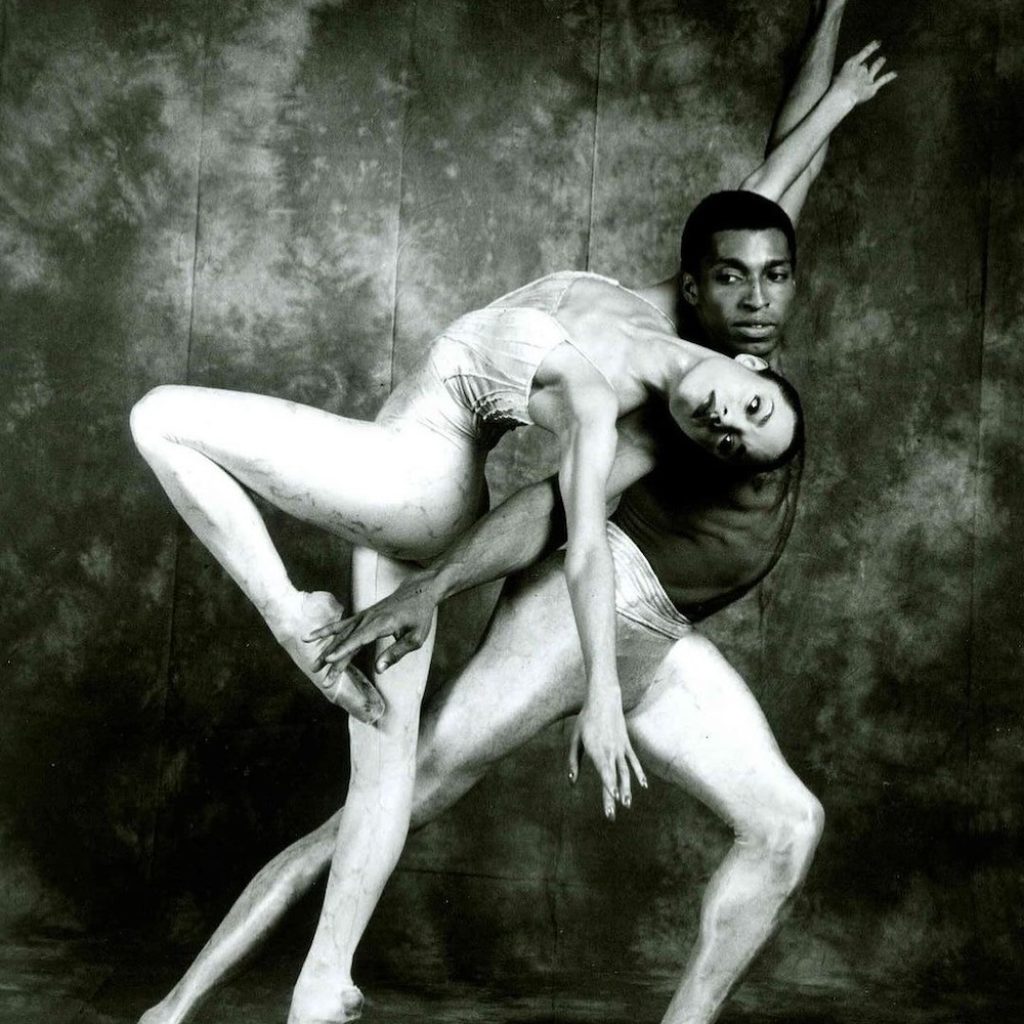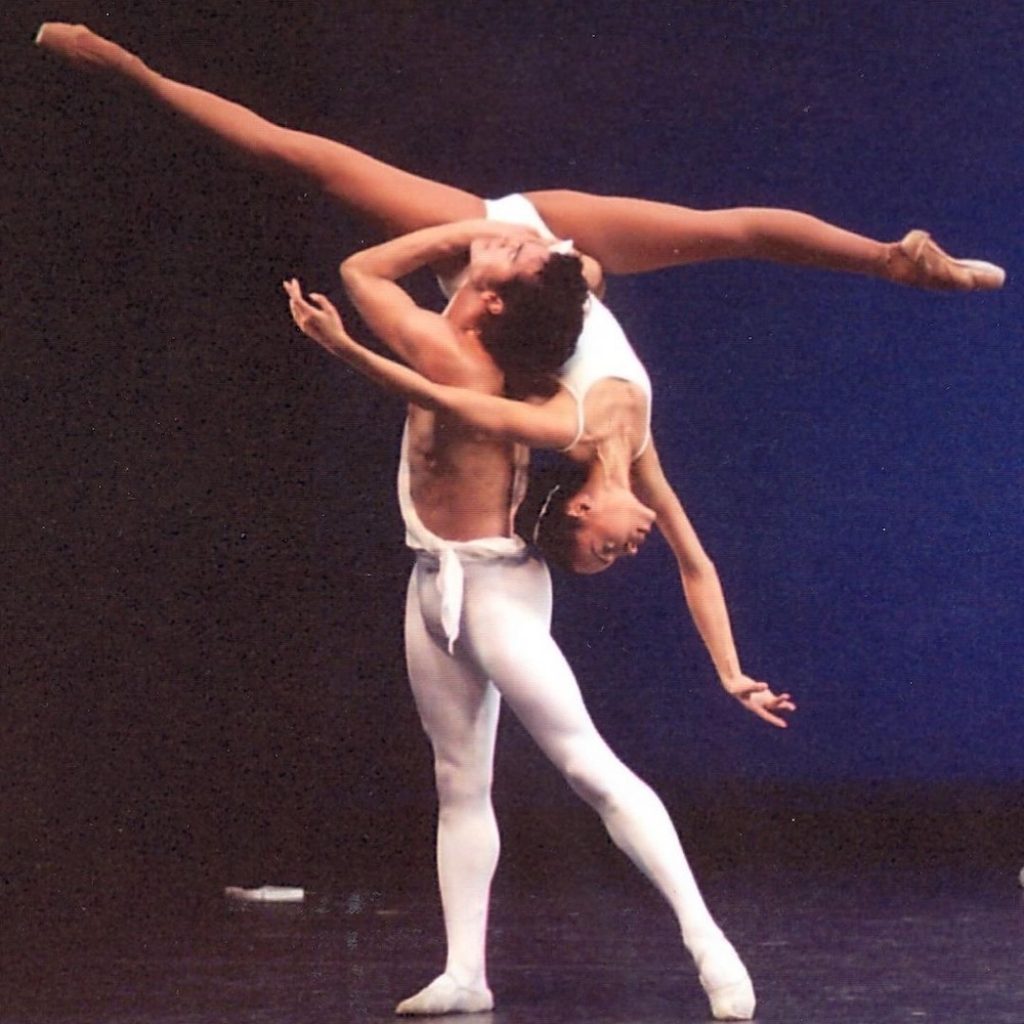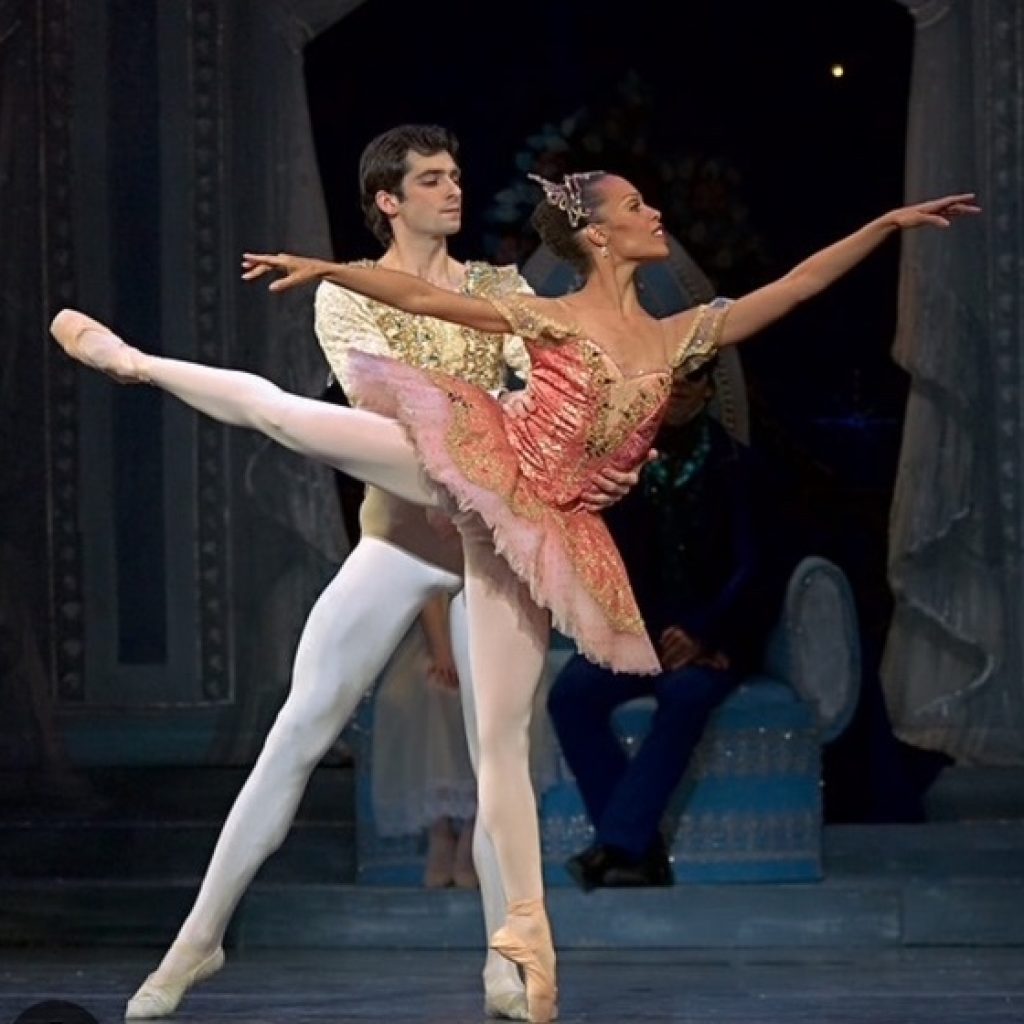Share

Tweet
Share
Share
Watching Tai Jimenez dance was like witnessing a masterpiece come to life — each moment revealed new layers of depth and meaning. With a celebrated career in ballet and on Broadway, she now serves as the director of the Dance Theatre of Harlem (DTH) School.
The School was founded by Arthur Mitchell. His legacy and vision continue to inspire every aspect of the DTH company and school. Jimenez fully embodies that spirit. Dance Informa caught up with the dynamic Jimenez amidst her busy schedule of classes and meetings.
Where did you start dancing, and how did you find your way to DTH?
Tai Jimnez. Photo by Nir Areli.
“My mother said that when I was little, I never stopped dancing! It wasn’t performative. I didn’t do it to get attention. In fact, if anyone stopped to watch me, I would run and hide. In yoga, we call it Bhakti, union and praise of the divine. Any dancing I’ve done since then is an attempt to return to that space. Eventually, people noticed this incessant twirling and told my mother to get me to a school. I started studying with Joan Millen Mesh who had a small, one studio school on Merrick Blvd in Queens. I will add here that Ms. Joan was African American and graduated from Juilliard, so my first exposure to ballet was with her. Her daughter, and my first dance icon, was Sharrell Mesh-Alexander, then a rising star with the Ailey Company. Ms. Joan took me to audition for School of American Ballet where I stayed for four years. I studied at The Ailey School, the Joffrey Ballet School (summer intensive) and finally with Madame Darvash.”
You danced professionally for DTH, Boston Ballet and on Broadway. Can you talk about your experiences?
“Well, I feel like I have a soul-contract with DTH! Even when I’m not there, I see it in my dreams. It’s there that I started to really transform due to Mr. Mitchell’s sheer force and insistence, and the opportunities he provided. At DTH, I was able to stop worrying about being a black person in ballet and could focus on the art. Mr. M was a task master. It meant a lot to me that he saw me as an artist and not just a problem. He was not generous with praise, so when he finally said I was a ballerina, it meant a lot, to receive his benediction. He made me work for it!
 Tai Jimenez and Eddie J. Shellman in Glen Tetley’s ‘Dialogues.’ Photo by Marbeth.
Tai Jimenez and Eddie J. Shellman in Glen Tetley’s ‘Dialogues.’ Photo by Marbeth.
At DTH, we were always guided by a shared ethos, which was, in Mr. Mitchell’s words, that ‘You are representing something larger than yourself.’ We understood that we had a social mission to uplift each other and the world. I don’t mean to sound grandiose, but I do believe that the arts are a kind of medicine. At Boston Ballet, I didn’t feel a sense of unity, but I was exposed to some exceptional dancing, choreographers and Mikko (Nissinen)’s deep wisdom about the art that helped shaped me. Broadway was hard. I thought because I didn’t have to dance on pointe that it wouldn’t be so hard, but dancing in heels was rough. I have deep respect for the Broadway artists. I mostly felt overwhelmed and terrified during my brief Broadway tenure, unused as I was to projecting my voice. There were some bad reviews, but I learned a lot through the compassionate genius of George C. Wolfe. I remember him asking me how I felt after a rehearsal. I was shocked. No one (in ballet) ever asked about how I felt. In fact, I didn’t know how I felt and suddenly realized, I didn’t know myself. In fact, I was unable to hit the mark of the character and experienced a great deal of anxiety about what I lacked. It was all very humbling to say the least.”
What made you decide to retire from performing? Did you always want to teach after leaving the stage?
 Tai Jimenez and Rasta Thomas in George Balanchine’s ‘Apollo.’ Photo by Joe Rodman.
Tai Jimenez and Rasta Thomas in George Balanchine’s ‘Apollo.’ Photo by Joe Rodman.
“I was ready to retire much sooner than I did. I didn’t have the fight in me anymore. But I lingered on because I was afraid of not knowing what to do with myself if I wasn’t a ballerina. I was afraid of having to face the ordinariness of life. I hadn’t consciously thought of teaching, but when I started teaching, I realized that I had been preparing for it all along: I would often analyze other people’s classes, what worked or didn’t work, whether that was technical, musical, or some issue with the teacher’s personality and use of language. Also, my own training never followed a complete syllabus. It was all over the place and there were several important years of training lost to just trying to survive the psychologically debilitating racism that I faced. That is all to say that on a technical level, I had gaps to fill, which I did by assuming responsibility for my own learning. I had to teach myself a lot.”
Were you surprised to be offered directorship of the school?
“Was I surprised? Well, yes and no. There was that soul-contract thing that I mentioned.”
What is your teaching philosophy? Can you talk about learning from the late, great Arthur Mitchell?
“I try, first of all, to help everyone cultivate a calm state of awareness. Sometimes I use yogic breathing. I also encourage the use of the inner faculties — the intuition and visualization. It’s important for people to be reminded of their ability to create, that this ability lies within us. I feel that community is very important and want everyone to feel seen and valued in the classroom and at DTH in general. I try to cultivate friendliness and respect. Many won’t become professional dancers, but dance can be used as a tool for self-mastery, and that wisdom can be applied to any circumstance. Technically, I took a lot from Madame Darvash, especially regarding placement of the skeleton and the application of physics. Mr. Mitchell’s class was different from Madame’s. It was less technically challenging, but simple and deadly in its own way. It was focused on the refinement of the classical dancer and developing a dynamic stage presence.”
 Tai Jimenez as Sugarplum with Pavel Gourevich in Boston Ballet’s ‘The Nutcracker.’ Photo by Sabi Varga.
Tai Jimenez as Sugarplum with Pavel Gourevich in Boston Ballet’s ‘The Nutcracker.’ Photo by Sabi Varga.
What sort of goals do you have for the future of the school?
“I want to increase our enrollment. I want to restore our professional training division and second company. I want to broaden the scope of Harlem Mouse/Country Mouse, a full-length ballet created by myself and Robert Garland as a way to unite the school and company, much in the same way as The Nutcracker does for other institutions. I’d like to have a yearly teacher training. And most of all, I want to help people find their way to ecstasy via dance.”
What advice would you have for dancers wanting to study at a rigorous school like DTH?
“You have to fall in love with the work. It’s mostly work. Also, to dedicate some time every day to your own healing, whether it’s a hot soak in the tub, yoga, meditation, visualization, massage, floating, chanting, singing, finds what works for you.”
You can find out more information about the DTH School at www.dancetheatreofharlem.org/school.
By Mary Carpenter of Dance Informa.

Arthur Mitchell, ballet, ballet education, ballet teacher, ballet teachers, Boston Ballet, Broadway, dance education, dance teacher, dance teachers, Dance Theatre of Harlem, Dance Theatre of Harlem School, DTH, DTH School, George C. Wolfe, Homepage Top Heading, Joan Millen Mesh, Joffrey Ballet School, Juilliard, Madame Darvash, Mikko Nissinen, Robert Garland, School of American Ballet, Sharrell Mesh-Alexander, Tai Jimenez, teacher training, The Ailey School




GIPHY App Key not set. Please check settings